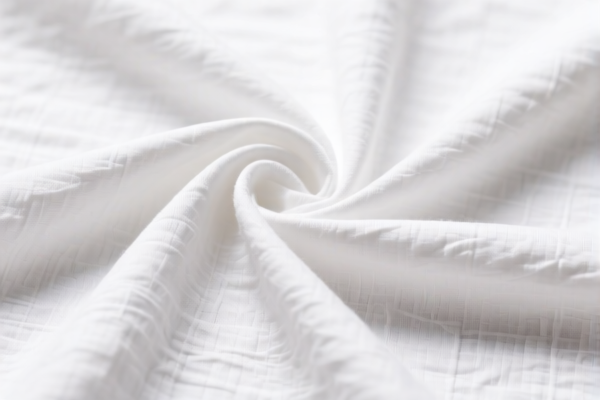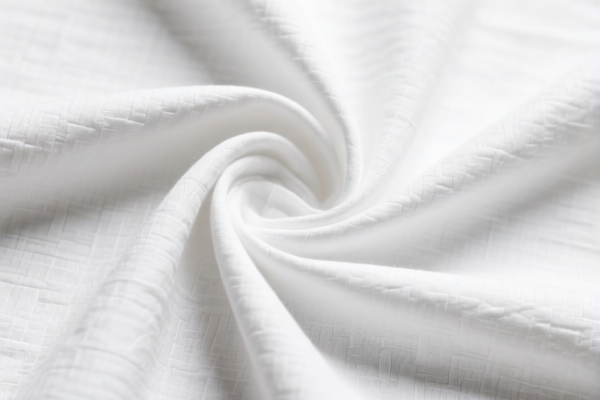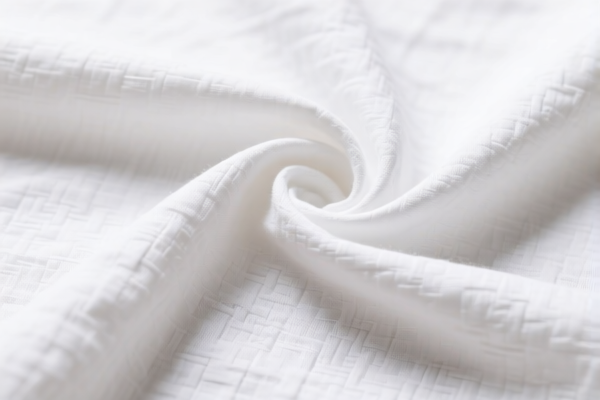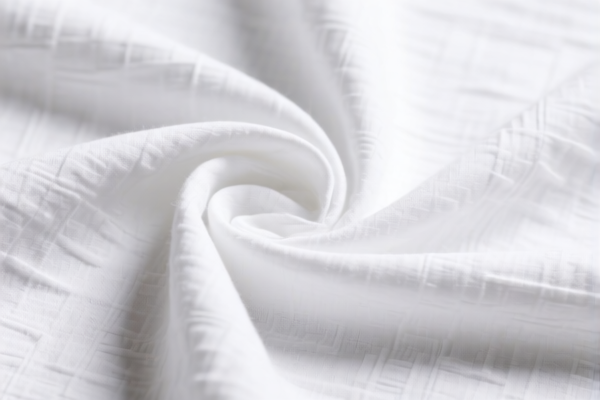| HS Code | Official Doc | Tariff Rate | Origin | Destination | Effective Date |
|---|---|---|---|---|---|
| 5601300000 | Doc | 55.0% | CN | US | 2025-05-12 |
| 5609004000 | Doc | 58.9% | CN | US | 2025-05-12 |
| 5609001000 | Doc | 57.9% | CN | US | 2025-05-12 |
| 5404900000 | Doc | 55.0% | CN | US | 2025-05-12 |
| 5404198080 | Doc | 61.9% | CN | US | 2025-05-12 |
| 6307101020 | Doc | 41.6% | CN | US | 2025-05-12 |
| 6307101090 | Doc | 41.6% | CN | US | 2025-05-12 |
| 6304920000 | Doc | 36.3% | CN | US | 2025-05-12 |
| 6304930000 | Doc | 39.3% | CN | US | 2025-05-12 |
| 3926904800 | Doc | 33.4% | CN | US | 2025-05-12 |
| 3926909910 | Doc | 42.8% | CN | US | 2025-05-12 |
| 3921904010 | Doc | 34.2% | CN | US | 2025-05-12 |
| 3921905010 | Doc | 34.8% | CN | US | 2025-05-12 |




Dust-Free Cloth
A dust-free cloth is a specialized wiping material designed to remove contaminants without leaving residue or scratches on sensitive surfaces. These cloths are commonly used in environments requiring high levels of cleanliness.
Material:
- 100% Polyester: The most common material. Polyester fibers are non-shedding and have excellent dust-holding capabilities. Often knitted into a tight weave.
- Microfiber: Offers superior cleaning power due to its very fine fibers, capable of lifting and trapping microscopic particles. Often a blend of polyester and polyamide.
- Cellulose: Derived from wood pulp, these cloths are typically used for lower-sensitivity applications and are often disposable.
- Cotton: Less common due to fiber shedding, but may be used in certain industrial applications.
Purpose:
The primary purpose of a dust-free cloth is to prevent contamination during cleaning and maintenance. This is critical in:
- Electronics Manufacturing: Cleaning circuit boards, semiconductors, and other delicate components.
- Optical Lens Cleaning: Removing dust, fingerprints, and smudges from lenses without scratching.
- Laboratory Environments: Maintaining sterile surfaces and equipment.
- Automotive Detailing: Preparing surfaces for paint, polishing, and detailing.
- Medical Device Manufacturing: Ensuring cleanliness of medical instruments and devices.
- Pharmaceutical Production: Maintaining sterile environments during drug manufacturing.
Function:
Dust-free cloths function through a combination of properties:
- Non-Abrasive: Soft fibers prevent scratching of sensitive surfaces.
- Low-Linting: Minimal fiber release, preventing re-contamination.
- Particle Trapping: The weave and fiber structure effectively capture and hold dust, dirt, and other particles.
- Solvent Compatibility: Many cloths are designed to be used with cleaning solvents and solutions.
- Electrostatic Charge Reduction: Some cloths are treated to reduce static electricity, minimizing dust attraction.
Usage Scenarios:
- Wiping: General cleaning of surfaces.
- Solvent Application: Applying cleaning solutions to remove residue or contaminants.
- Polishing: Applying and buffing polishing compounds.
- Surface Preparation: Preparing surfaces for coating or bonding.
- Equipment Maintenance: Cleaning and maintaining sensitive equipment.
Common Types:
- Woven Cloths: Typically made from 100% polyester. Available in various weights and weaves.
- Knitted Cloths: Offer a softer texture and are often used for more delicate surfaces.
- Microfiber Cloths: Provide superior cleaning power and are often used for optical lenses and electronics.
- Pre-Wetted Cloths: Impregnated with cleaning solutions for convenience.
- Cleanroom Wipes: Specifically manufactured for use in cleanroom environments, meeting stringent cleanliness standards (often categorized by ISO class).
- ESD Safe Cloths: Designed to dissipate static electricity, preventing damage to sensitive electronic components.
Dust free cloth can be classified under several HS codes based on its material and specific application. Here's a breakdown of potential classifications, based on the provided information:
- 6307101020: This code covers “Floorcloths, dishcloths, dusters and similar cleaning cloths; Dustcloths, mop cloths and polishing cloths, of cotton”. If the dust free cloth is made of cotton and used for cleaning purposes (like dusting), this is a relevant classification. The tax rate details are: Basic tariff: 4.1%, Additional tariff: 7.5%, Additional tariff after 2025.4.2: 30.0%, Total tariff: 41.6%.
- 6307101090: This code also covers “Floorcloths, dishcloths, dusters and similar cleaning cloths; Dustcloths, mop cloths and polishing cloths, of cotton Other (369)”. This is applicable if the dust free cloth is made of cotton but doesn’t fall into the specifically mentioned categories within 6307101020. The tax rate details are: Basic tariff: 4.1%, Additional tariff: 7.5%, Additional tariff after 2025.4.2: 30.0%, Total tariff: 41.6%.
- 3926904800: This code covers “Other articles of plastics and articles of other materials of headings 3901 to 3914; Other; Photo albums”. If the dust free cloth is made of plastic, this could be a relevant classification. The tax rate details are: Basic tariff: 3.4%, Additional tariff: 0.0%, Additional tariff after 2025.4.2: 30.0%, Total tariff: 33.4%.
- 3926909910: This code covers “Other articles of plastics and articles of other materials of headings 3901 to 3914; Other; Other Laboratory ware”. If the dust free cloth is made of plastic and used for laboratory purposes, this could be a relevant classification. The tax rate details are: Basic tariff: 5.3%, Additional tariff: 7.5%, Additional tariff after 2025.4.2: 30.0%, Total tariff: 42.8%.
Important Considerations:
The classification depends heavily on the material composition of the dust free cloth. If the cloth is made of cotton, codes 6307101020 or 6307101090 are most appropriate. If it's made of plastic, codes 3926904800 or 3926909910 should be considered.
Customer Reviews
No reviews yet.